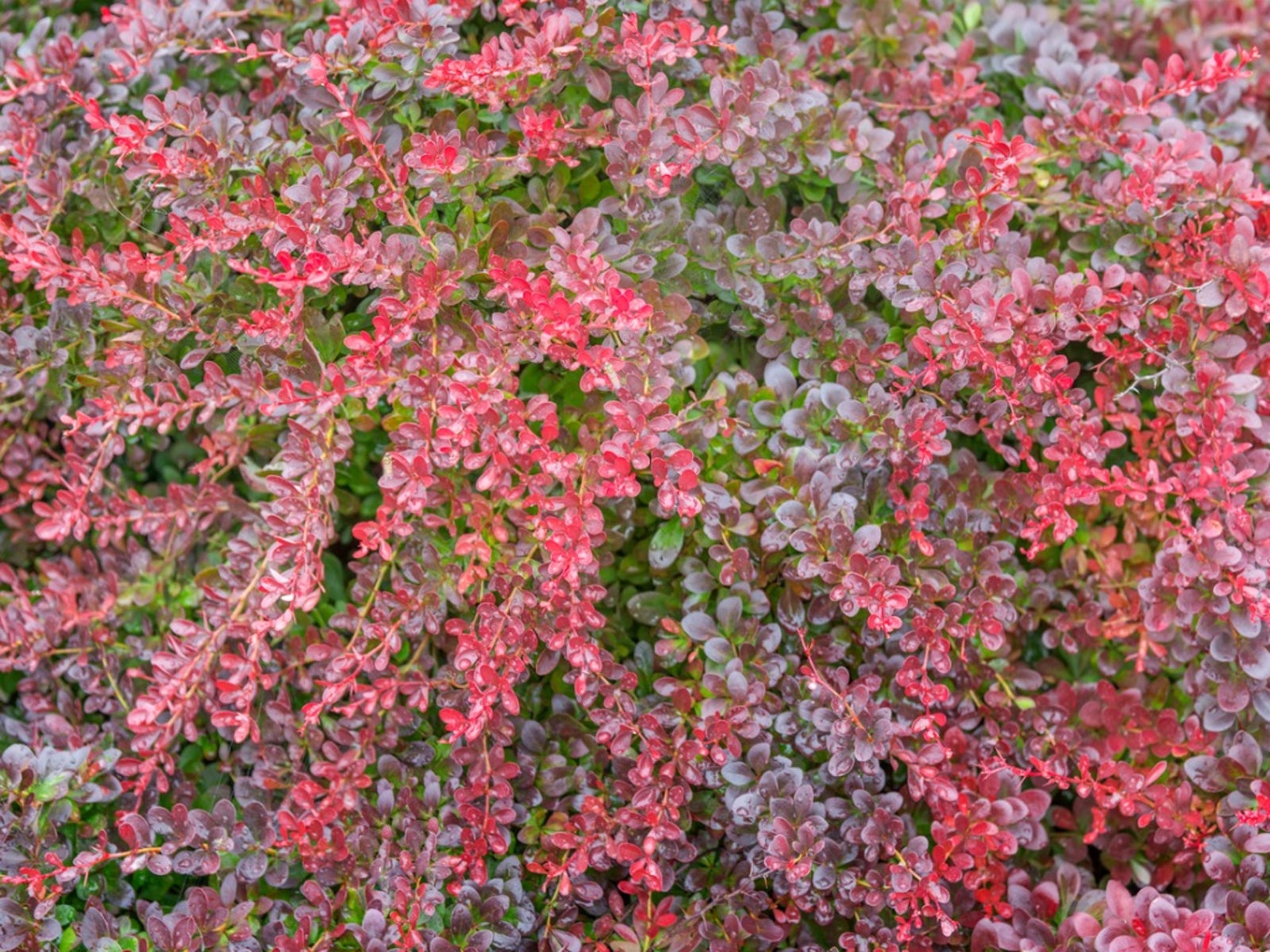
Japanese barberry was introduced to North America from its native Japan around 1875 for use as an ornamental. Since then it has easily adapted and acclimated to many natural areas where it is considered invasive, which makes Japanese barberry control and management a priority. There are several reasons controlling Japanese barberry is imperative, but with its spiny branching and tendency to thicket, the question is how to get rid of it. The following discusses Japanese barberry removal.
Why is Controlling Japanese Barberry Important?
Japanese barberry (Berberis thunbergii) has escaped its original landscape confines, and now ranges from Nova Scotia south to North Carolina and west to Montana. It thrives in not only full sun but deep shade as well. It leafs out early and retains its leaves late into the fall while forming dense thickets that shade out native species.
Not only are native plants in peril, but Japanese barberry has been shown to have a role in the spread of Lyme disease. Scientists have discovered that the populations of white footed deer mice and their larval hosts, deer ticks increase near stands of Japanese barberry.
Japanese barberry control helps to reduce the populations of deer ticks that spread dangerous Lyme disease. Japanese barberry management also aids in the retention of indigenous plant life necessary
Difficulties Associated with Japanese Barberry Management
Japanese barberry reproduces via seed, underground shoots and at the tips of branches when they touch the earth, which all means that this invasive plant easily propagates. Even shrubs damaged by cutting or fire will easily re-sprout.
Japanese Barberry Removal
The main method for controlling Japanese barberry is hand pulling or digging, which must be done early in the season before seed drops. The one bright spot here is that Japanese barberry leafs out earlier than native plants, making it stand out.
During Japanese barberry removal, gloves, long pants and sleeves should be worn to protect you from the thorny branches. Use a hoe or mattock to dislodge the shrub from the earth along with the root system. Removing the entire root system is of paramount importance when controlling Japanese barberry. If any is left in the soil, it will re-sprout.
Sign up for the Gardening Know How newsletter today and receive a free copy of our e-book "How to Grow Delicious Tomatoes".
Once an area has been cleared of barberry in the above manner, consistent mowing or weed whacking should keep the growth contained.
Japanese Barberry Chemical Control
If all else fails, chemical herbicides can be an effective method of Japanese barberry management.
Note: Any recommendations pertaining to the use of chemicals are for informational purposes only. Chemical control should only be used as a last resort, as organic approaches are safer and more environmentally friendly.

Amy Grant has been gardening for 30 years and writing for 15. A professional chef and caterer, Amy's area of expertise is culinary gardening.
